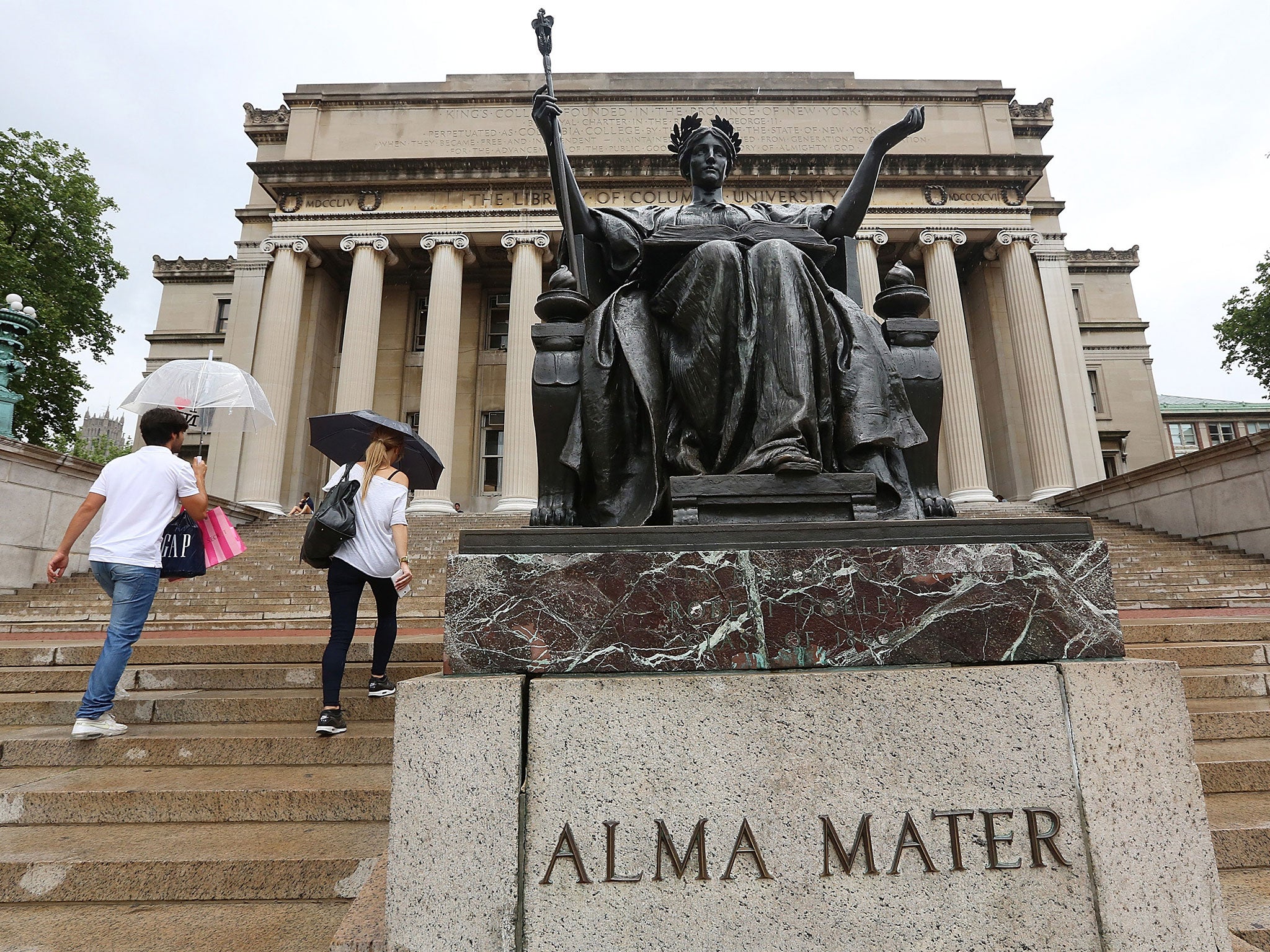Why affirmative action in US colleges could become a victim of its own success

Your support helps us to tell the story
From reproductive rights to climate change to Big Tech, The Independent is on the ground when the story is developing. Whether it's investigating the financials of Elon Musk's pro-Trump PAC or producing our latest documentary, 'The A Word', which shines a light on the American women fighting for reproductive rights, we know how important it is to parse out the facts from the messaging.
At such a critical moment in US history, we need reporters on the ground. Your donation allows us to keep sending journalists to speak to both sides of the story.
The Independent is trusted by Americans across the entire political spectrum. And unlike many other quality news outlets, we choose not to lock Americans out of our reporting and analysis with paywalls. We believe quality journalism should be available to everyone, paid for by those who can afford it.
Your support makes all the difference.This hardly seems the right moment for the Supreme Court to be threatening to unpick affirmative action in college admissions. Why, today, would you end a system that helps minority students who otherwise are disadvantaged and discriminated against win a place at a decent university and helps make those universities reflect the diversity of this country’s population?
Do we need to fill the justices in? Black students have risen up on campuses across the land, from Yale to the University of Missouri, against casual, institutional racism. It’s worse on the streets. Just on Wednesday, Mayor Rahm Emanuel apologised to the Chicago City Council for police abuse and recalled a young black man asking him whether police would treat him, Rahm, out there in the neighbourhoods the same way they treat him. No!
“Now is not the time,” declared Greg Garre, who found himself before the Court this week. He was defending the admissions system at the University of Texas in Austin, which like many other colleges in America tries to use existing legal dispensations to employ affirmative action to increase diversity in its classrooms and thus also give young minority men and women a leg-up in the Lone Star State.
It is those dispensations, which essentially permit a degree of departure from the constitutional guarantee that all must be treated equally under the law, that is under threat as the justices consider a case brought by a young Texan woman named Abigail Fisher, who was denied admission to the University of Texas in 2008 because, she contends, she is white and not black. Few cases will draw more attention than this one in the Court’s current term. A ruling is expected in June, assuming it does not give the case back to lower courts for further consideration. A ruling against the university would almost certainly mark the beginning of the end of affirmative action in colleges everywhere. (Some states, such as California and Michigan, have already outlawed it.)
Reading the tea leaves of any oral arguments at the Supreme Court is a perilous business. But the grilling that Mr Garre got when he was before the justices on Wednesday suggested that the conservatives on the Court are straining to deliver the mortal blow to affirmative action. The university accepts anyone who scores in the top 10 per cent of their high school. That accounts for 75 per cent of its student body. For the other 25 per cent, it weighs many factors when considering applicants – and race is among them.
It happens that the 75 per cent who qualify under the top-10 system are already diverse because Texas schools are so segregated – most are either very black or very white.
Justice Anthony Scalia asked whether minority students with lesser high school achievements might be better off attending “a less advanced school, a slower track school where they do well”. Mr Garre was offended. (He is unlikely to have been alone.) “Frankly, I don’t think the solution to the problems with student body diversity can be to set up a system in which not only are minorities going to separate schools, they’re going to inferior schools,” he replied.
Among the liberals on the Court, it was Sonia Sotomayor, who is Hispanic, who tried to offer the wider context of what’s happening in America today. She precisely said that universities want to sustain levels of diversity because of the still high rate of race-related turmoil on campuses like Yale and Missouri, though she didn’t name them, and the enduring worry that minority students often feel isolated.
Affirmative action is not meant to be the norm for ever. Indeed, the last time the Supreme Court ruled substantively on the issue, in 2003, it said race could be a consideration in university admissions for only 25 more years. We are half way there. But to bring that deadline forward to today would be an odd step indeed given where we are on race in America, which is still not a good place.
Join our commenting forum
Join thought-provoking conversations, follow other Independent readers and see their replies
Comments